Antimatter
Antimatter
I was compelled to write about this because of a question from @EdwinJohnA, who asked if the universe has anything opposite in character for stability like positive and negative charge.
This made me think of antimatter, which is defined as atomic matter that has the opposite charged particles. In this case the proton and electron are the two particles that swap charges. In matter, atoms have positive protons and negative electrons. In antimatter, the atoms have negative protons (antiprotons) and positive electrons, which are called positrons. Supposedly, these particles, both in matter and antimatter, have the same mass.
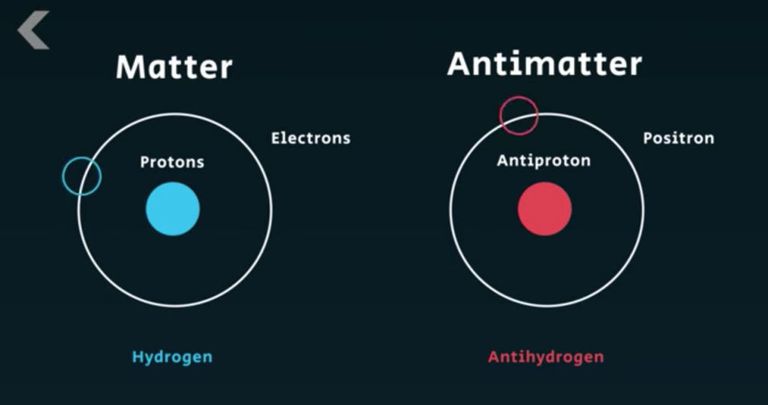
The neutrons in each case are exactly the same because they have no charge.
The first question that arises is: why are we-and our universe-made out of matter instead of antimatter, especially when both were created in the Big Bang? A question that leaps out from this is: are there antimatter universes out there?
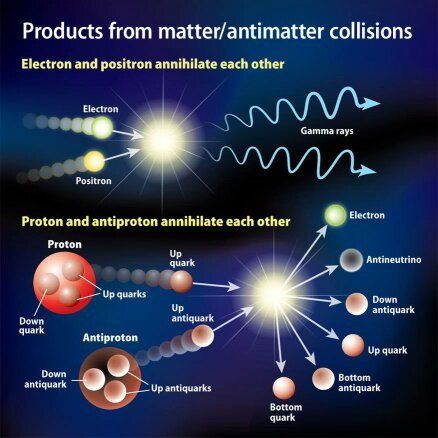
As usual cosmologists have a name for the process that produced a matter universe from the mix of matter and antimatter after the Big Bang. This asymmetry process is called Baryogenesis. This is only a theory as to how the process that created the imbalance between matter and antimatter took place.
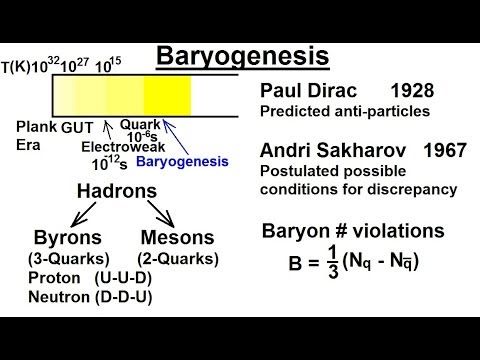
The first knee jerk reaction is that there must be some sort of fundamental difference between matter and antimatter, either involving quantum field theory or statistical physics.
So what do we know about this? Well, one thing we know is that every baryonic (a subatomic particle made up of three quarks, making them massive) particle in quantum physics has a corresponding anti-particle. The reason this is known is because of collider experiments, which is the only method of creating antimatter particles. Keep in mind that antimatter particles can only exist for very short periods of time or while trapped in a magnetic field.
All of these baryogenesis theories are based on the concept that there were conditions at the time of the Big Bang that favored baryon-generation over anti-baryon-generation. This would preclude the formation of an anti-matter universe, unless all Big Bang events are not the same.
Three conditions must exist to create asymmetry.
The first involves Baryon number violation. Baryon number is a strictly conserved additive quantum number. There's an equation for this B = 1/3 ( Nq – N-q) where Nq is the number of quarks and N-q is the number of antiquarks. Baryons have a baryon number B of +1. Mesons and other quarky particles have different numbers. If the number of quarks were larger than the number of antiquarks, one would have a different baryon number.
C-symmetry and CPT-symmetry violation. This has to do with the frequency in which transformation from matter to antimatter occur. This is very complicated and involves the idea of right-handed and left-handed baryons. This has to do with the direction of spin, which is a property of particles.
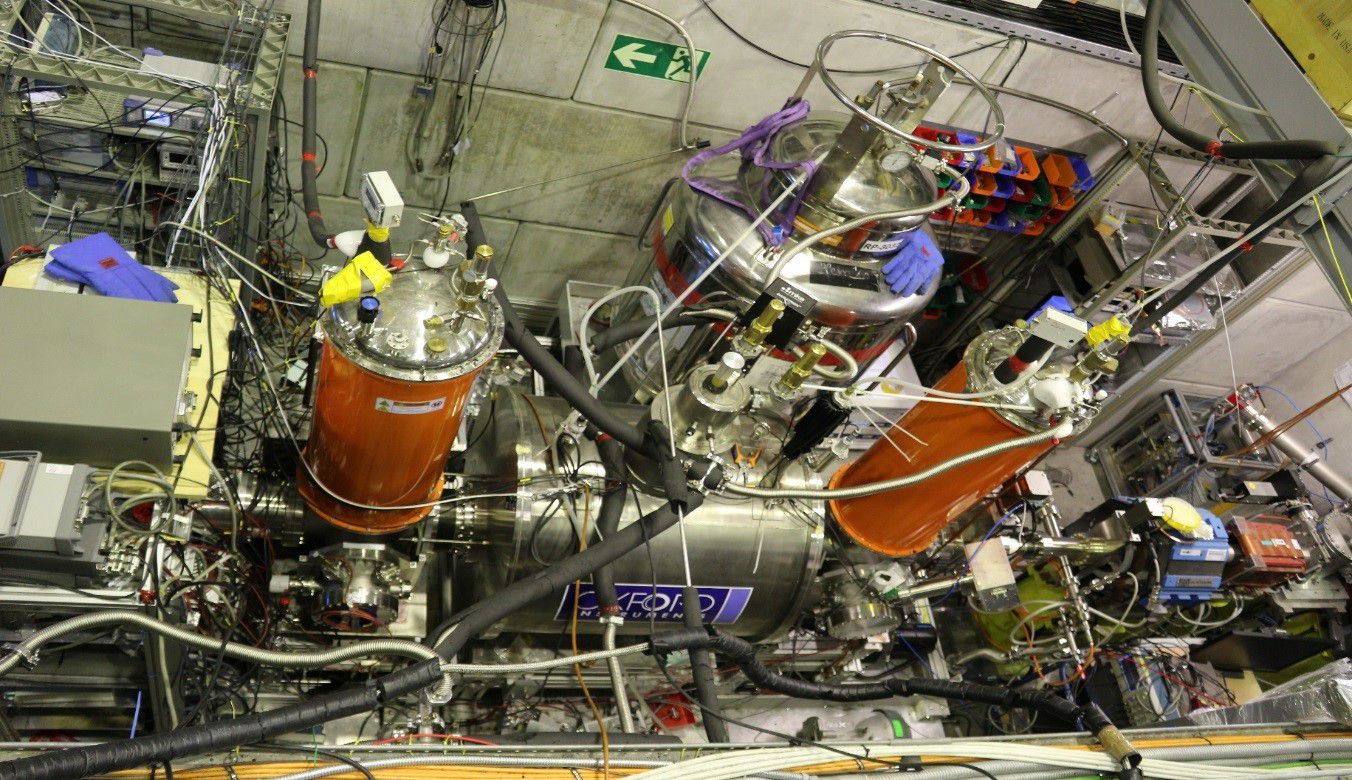
Scientists working on the BASE experiment at CERN reported a measurement of antiproton magnetic moment to a precision of 1.5 parts per billion. This is the same as recent measurements of the magnetic moment of the proton, which supports the theory of CPT symmetry. CPT stands for charge, parity and time reversal symmetry. Only quantum physicists get their jollies from this.
There is no current proof for any of the theories of baryogenesis. All we do know is that matter and antimatter were produced in the Big Bang because of unbelievable temperatures and pressures and that these matter and antimatter continuously annihilated and for some reason matter won the battle.
Be this as it may, there is the possibility of anti-matter galaxies in our universe. Finding them would be problematic because they would exhibit the same absorption and emission spectra as normal matter galaxies. The only way they could be determined is if they collide with matter in form of other galaxies. This would produce gamma-ray signatures of annihilation.
There are many sources of antimatter, including cosmic rays, decay of potassium-40 and other radioactive sources. Positrons have been found above thunderstorm clouds, producing strong gamma-ray flashes. Antiprotons have been discovered in the Van Allen Belts by the PAMELA module. Black holes and neutrons produce massive amounts of positron plasma in jets.
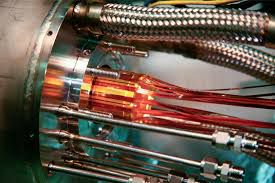
Just to show how difficult it would be to produce antimatter, CERN said that their facility could produce ten million antiprotons per minute. If they could get a 100% conversion to anti-hydrogen, it would take 100 billion years to produce 1 gram of hydrogen, which is 6.03 times 10 to the 23 power atoms of anti-hydrogen. Even a small amount like a micro gram would require billions of dollars to produce.
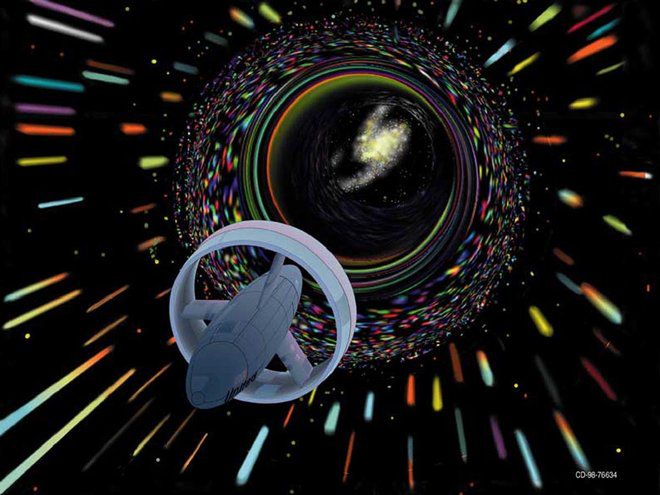
It appears that we're going to have to come up with a much more efficient method of making antimatter if we want to use it like Star Trek to go to the stars. I suppose the good news is that no one is going to be using antimatter as weapon anytime soon.
We need Dilithium crystals!
Thanks for reading.
Bạn đang đọc truyện trên: Truyen247.Pro